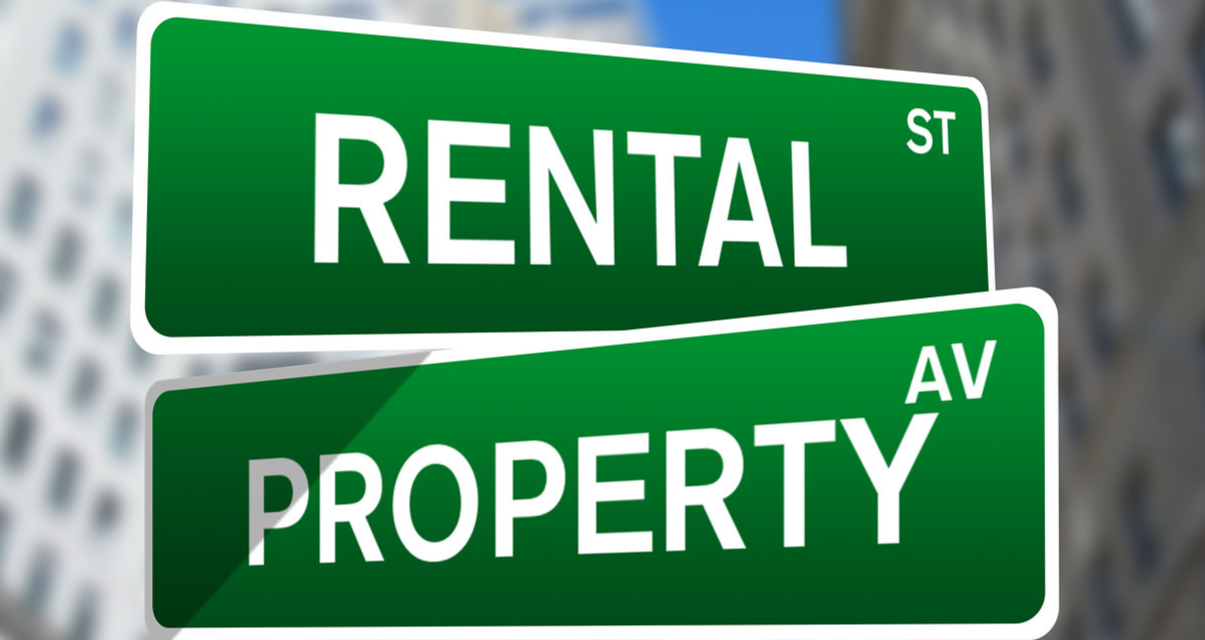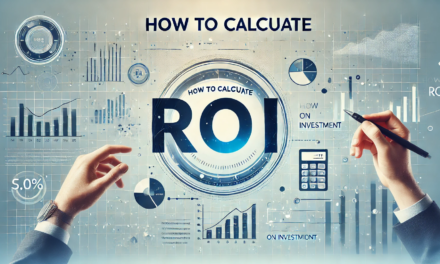Investing in rental property can be a great way to build wealth. But before you dive in, it’s important to know how to calculate your ROI, or Return on Investment. ROI tells you how much profit you’re making compared to the money you’ve invested. Whether you’re a first-time landlord or an experienced real estate investor, understanding ROI can help you make smart financial decisions.
Let’s break down how to calculate ROI on rental property and why it matters.
What is ROI?
ROI stands for Return on Investment. It’s a percentage that shows how much profit you’re getting back compared to the amount you initially put in. For rental properties, ROI helps you see if the property is worth the time and money you’ve invested.
The formula to calculate ROI is:
ROI = (Annual Rental Income – Expenses) / Total Investment x 100
This formula gives you a clear picture of whether your property is making you money or draining your resources.
Step 1: Calculate Your Rental Income
The first step in calculating ROI is determining how much rental income your property generates each year. If you’re charging $1,500 per month for rent, your annual rental income is:
$1,500 x 12 = $18,000
This is the total amount your tenants pay you each year. It’s important to note that rental income isn’t just the rent you charge. You might also earn extra from things like parking fees or pet rent. Make sure to include all income streams when calculating your total rental income.
Step 2: Subtract Your Expenses
Next, you’ll need to subtract your expenses from your rental income. Common expenses include:
- Property taxes
- Insurance
- Maintenance and repairs
- Property management fees (if applicable)
- Mortgage payments (if financed)
- Utilities (if you’re paying for them)
Let’s say your expenses total $8,000 for the year. Subtracting that from your rental income gives you:
$18,000 – $8,000 = $10,000
This is your net rental income, or your profit before factoring in the cost of the property itself.
Step 3: Determine Your Total Investment
To get a full picture of your ROI, you need to calculate the total investment you’ve made in the property. This includes the purchase price, closing costs, and any renovations or repairs you made before renting it out. If you bought the property for $200,000 and spent $10,000 on closing costs and renovations, your total investment would be:
$200,000 + $10,000 = $210,000
If you financed the property, you’ll want to factor in how much you put down as a down payment. For example, if you put down $50,000, your cash investment is $50,000, even though the property is worth $210,000.
Step 4: Calculate Your ROI
Now that you know your net rental income and your total investment, you can calculate your ROI. Using the numbers from the example above, we’ll plug them into the formula:
ROI = ($10,000 / $210,000) x 100 = 4.76%
In this case, your ROI is 4.76%. While it might seem low, remember that ROI is just one way to measure the success of your investment. Real estate typically appreciates over time, meaning the property’s value could go up and increase your ROI in the future.
Cash-on-Cash ROI
If you financed your rental property, it’s a good idea to calculate your cash-on-cash ROI. This looks at the return on your actual cash investment, which is typically your down payment.
Here’s how to calculate it:
Cash-on-Cash ROI = (Annual Rental Income – Expenses) / Cash Investment x 100
Using the same example, let’s assume you put $50,000 down on the property. Your cash-on-cash ROI would be:
Cash-on-Cash ROI = ($10,000 / $50,000) x 100 = 20%
A 20% return on your cash investment is much higher than the overall ROI because you’re factoring in the leverage of a mortgage. This metric can be especially useful if you’re using loans to finance multiple properties.
Why ROI Matters for Rental Properties
ROI isn’t just a number—it’s a tool that helps you understand how well your investment is performing. A higher ROI means your rental property is making you more money compared to what you’ve invested.
But it’s important to look beyond the initial numbers. ROI can fluctuate over time as property values change, rental rates increase, and expenses rise or fall. Regularly tracking your ROI can help you make adjustments, like raising rent or finding ways to cut costs.
The Big Picture: Making Informed Decisions
Calculating ROI is an essential step in managing rental property investments, but it’s not the only factor you should consider. A lower ROI in the short term could still lead to significant gains if the property appreciates or if you’re building equity by paying down the mortgage.
Ultimately, ROI helps you stay informed and make decisions that align with your financial goals. Whether you’re managing one rental or building a portfolio, tracking your ROI can guide you toward more profitable opportunities and better investments.





